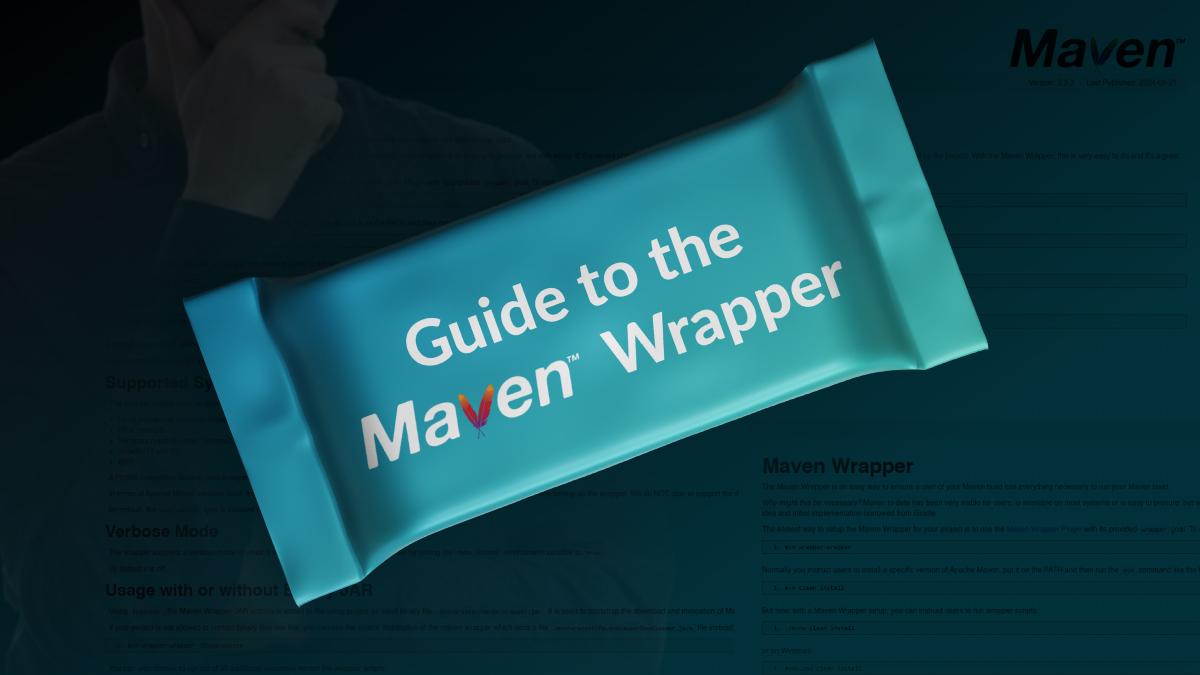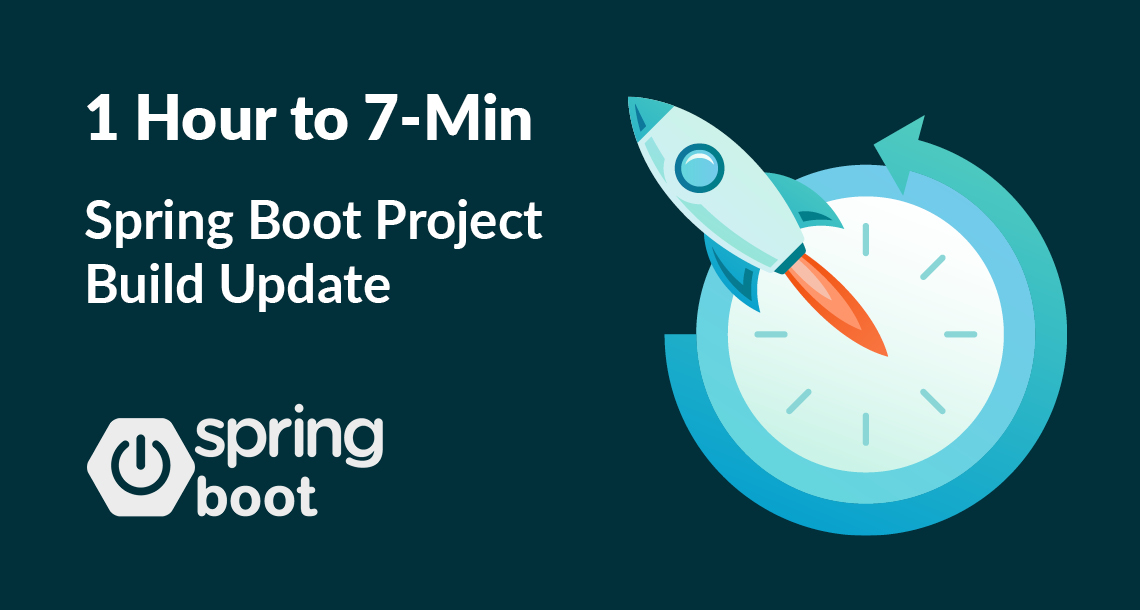OAuth 2.0
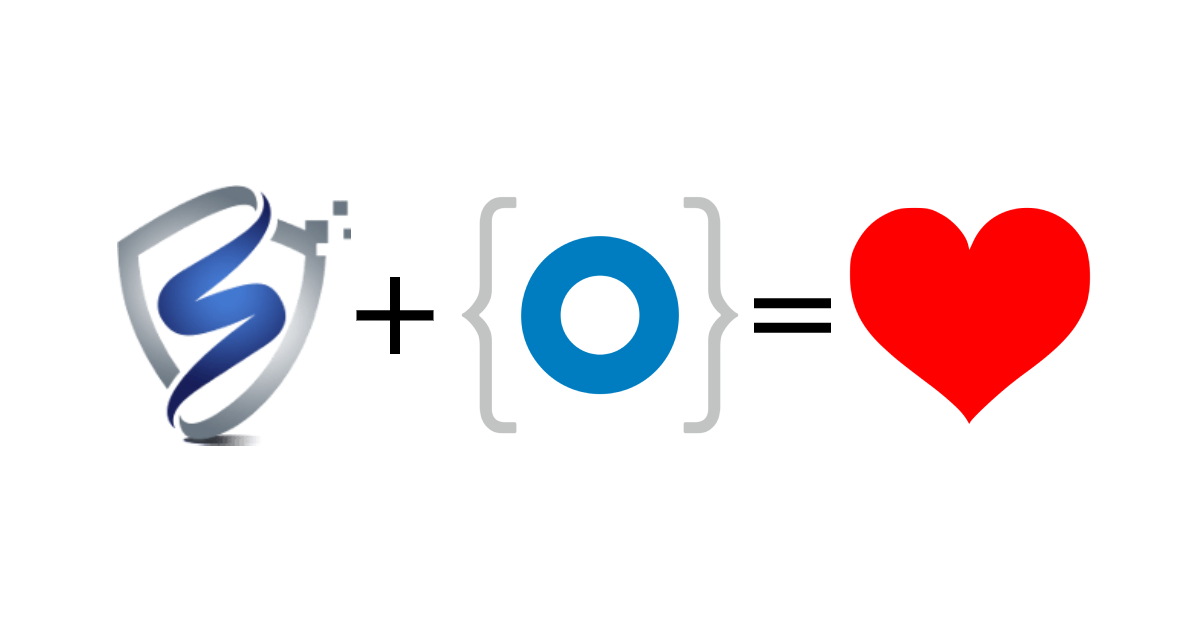
Apache Shiro is a Java security framework that can perform authentication, authorization, session management, along with a host of other features for building secure applications. In this tutorial, you will build a simple Java REST application using JAX-RS. JAX-RS, like many Java APIs, is a set of interfaces, and you will need to pick an implementation
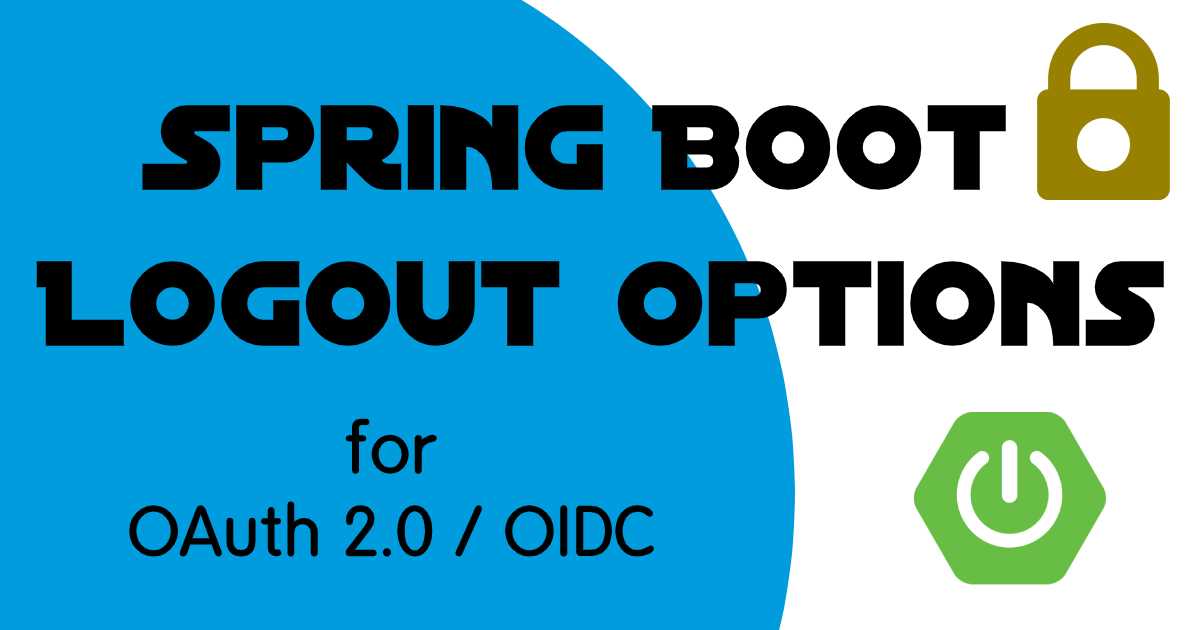
On the Okta blog, we spend much of our time talking about logging in. That is because once you configure your application to log in, the log out just works. But there are a few things you should consider when you’re thinking about your app’s logout configuration. In this post, I’ll walk through examples of the two logout options you have with Spring Security: the “default” session clearing logout, and relying party initiated logout.
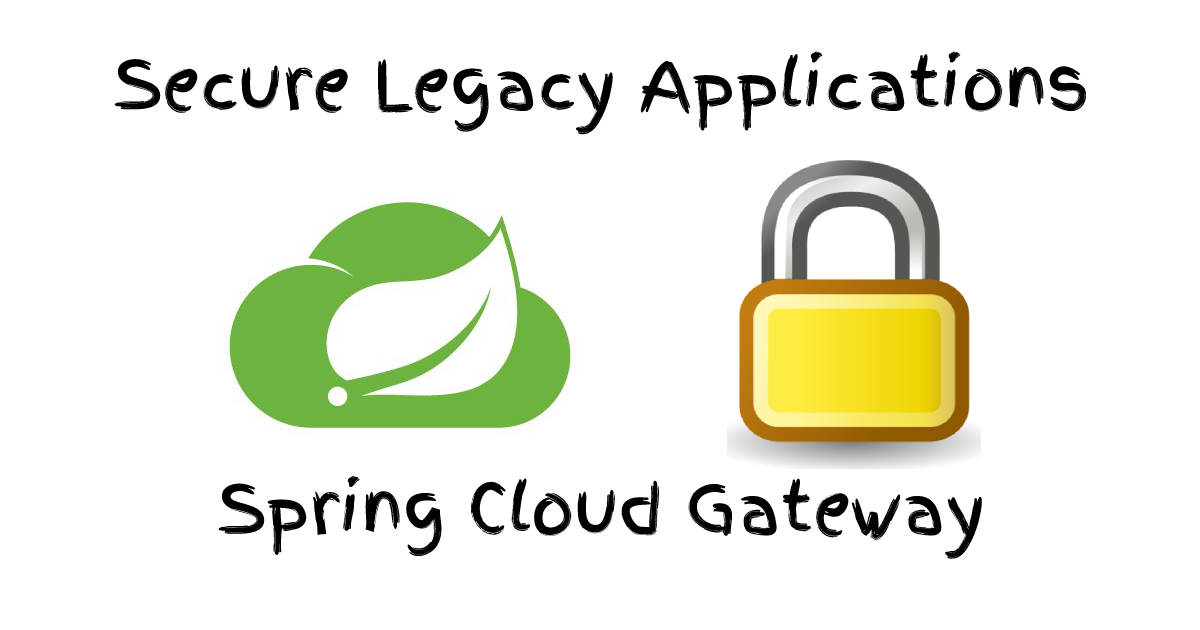
One of the biggest challenges of adding OAuth 2.0 support to legacy applications is a lack of support in the underlying framework. Maybe it’s homegrown, or maybe it’s just old? Either way, migrating away from an old form-based login doesn’t need to be so painful. In this post, I’ll walk you through a low-code option using Spring Cloud Gateway and Okta.

Most OAuth 2.0 guides are focused around the context of a user, i.e., login to an application using Google, Github, Okta, etc., then do something on behalf of that user. While useful, these guides ignore server-to-server communication where there is no user and you only have one service connecting to another one.

If you have a JavaScript single-page application (SPA) that needs to securely access resources from a Spring Boot application, you likely want to use the OAuth 2.0 implicit flow! With this flow your client will send a bearer token with each request and your server side application will verify the token with an Identity Provider (IdP). This allows your resource server to trust that your client is authorized to make the request. In OAuth terms your SPA is the client and your Spring Boot application is the Resource Server. For a more detailed explanation on the various OAuth flows take a look at our What the Heck is OAuth post.





